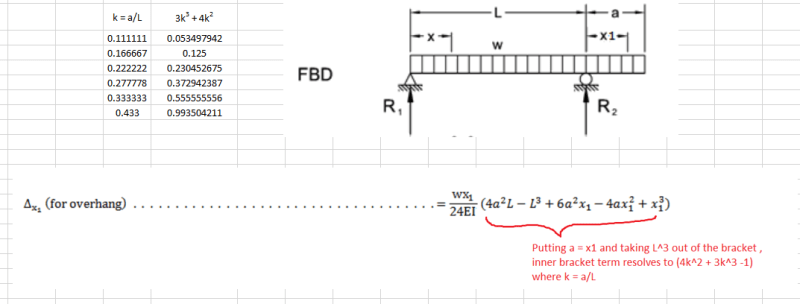MikeManning
Specifier/Regulator
- Dec 4, 2019
- 12
Hello,
I work for a large general contractor, and we do a lot of high-rise residential concrete construction.
I'm working on a bit of a guide to good balcony design (for waterproofing purposes) in these buildings, and I've got a theory, which might be totally out to lunch (which is why I'm checking).
My theory is that, in buildings with suspended concrete slab construction and cantilevered balconies, deflection of the slabs due to dead load and occupant loading inside the building might actually cause cantilevered balconies to deflect "up" (I'm sure there's a proper word for that).
The reason this would be meaningful is that balconies are often poured with a very slight slope outward, presumably for drainage, but we often find balconies don't drain properly, and I'm wondering if this type of reverse deflection might be part of the reason.
I've done a quick sketch of what I mean.
If this is out to lunch, let me know!
But if it's not out to lunch, then how much extra slope should we put on the balcony slab to allow for this deflection? 2%?
Thanks
I work for a large general contractor, and we do a lot of high-rise residential concrete construction.
I'm working on a bit of a guide to good balcony design (for waterproofing purposes) in these buildings, and I've got a theory, which might be totally out to lunch (which is why I'm checking).
My theory is that, in buildings with suspended concrete slab construction and cantilevered balconies, deflection of the slabs due to dead load and occupant loading inside the building might actually cause cantilevered balconies to deflect "up" (I'm sure there's a proper word for that).
The reason this would be meaningful is that balconies are often poured with a very slight slope outward, presumably for drainage, but we often find balconies don't drain properly, and I'm wondering if this type of reverse deflection might be part of the reason.
I've done a quick sketch of what I mean.
If this is out to lunch, let me know!
But if it's not out to lunch, then how much extra slope should we put on the balcony slab to allow for this deflection? 2%?
Thanks


![[ponder] [ponder] [ponder]](/data/assets/smilies/ponder.gif)